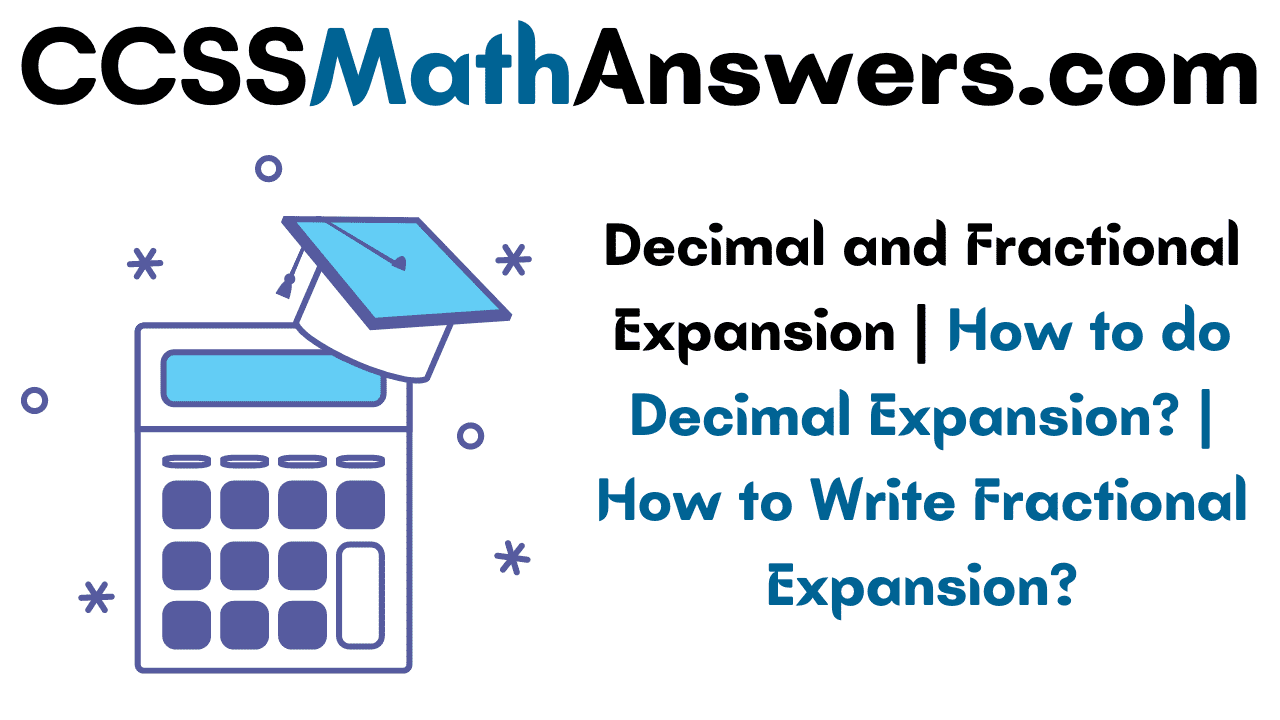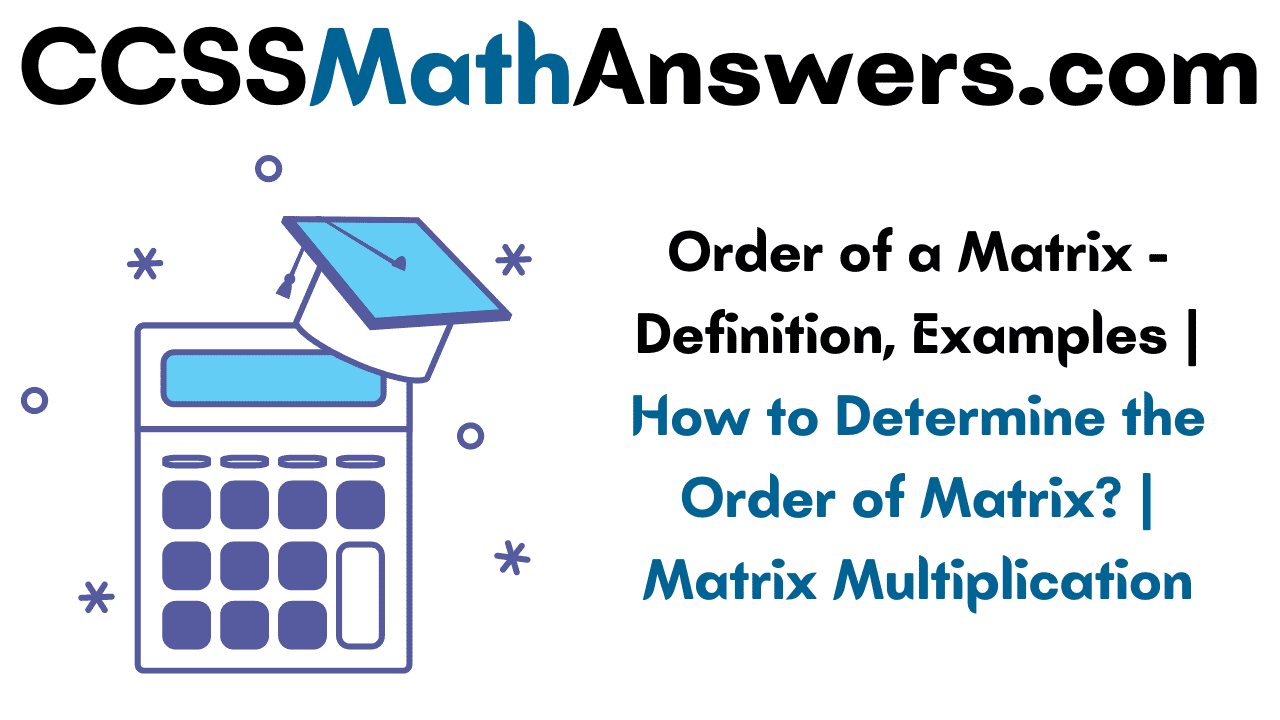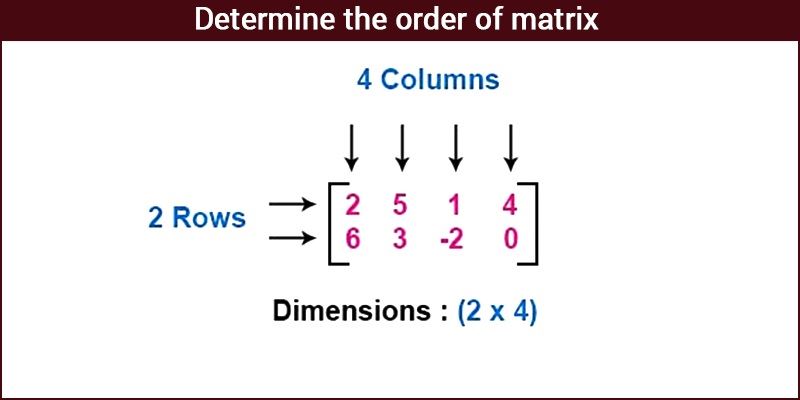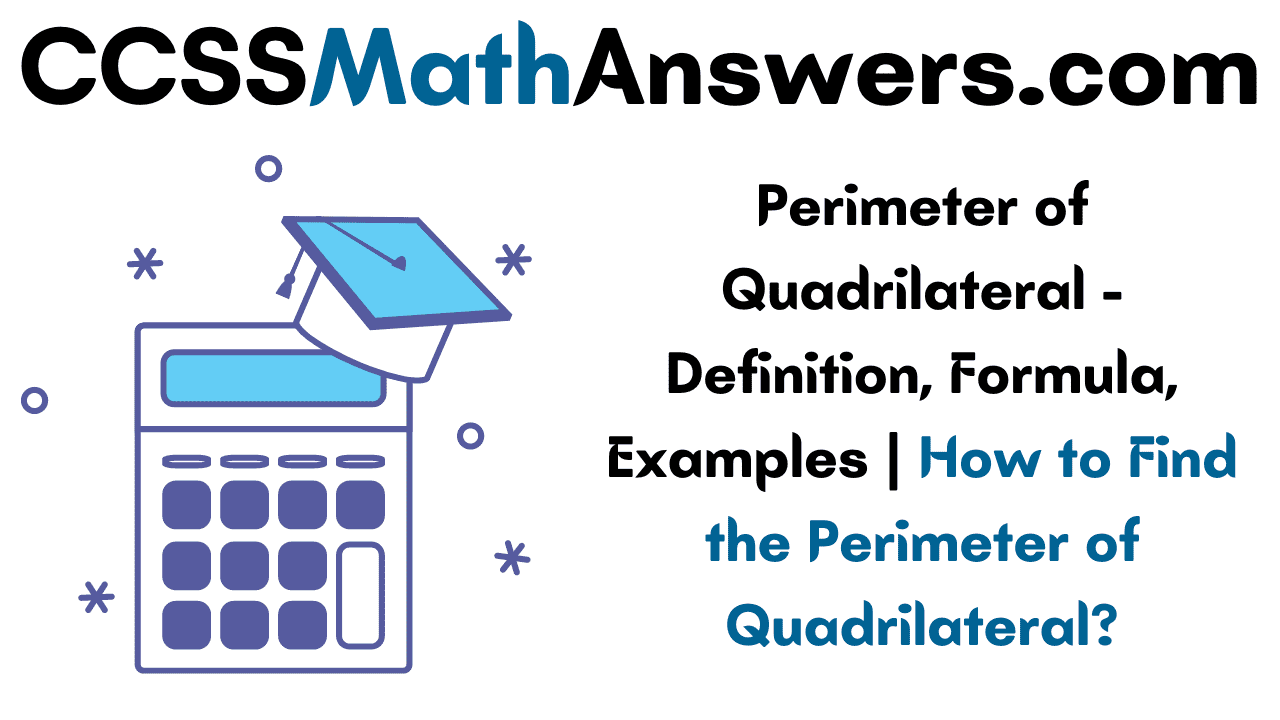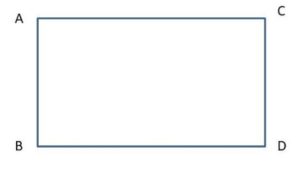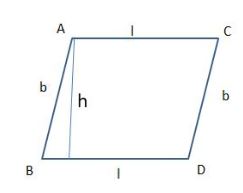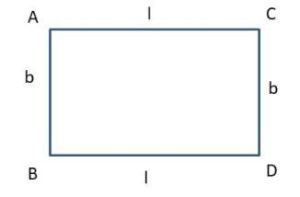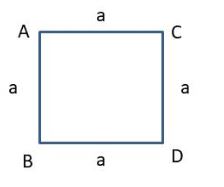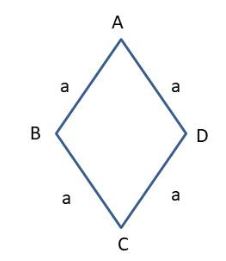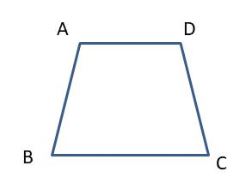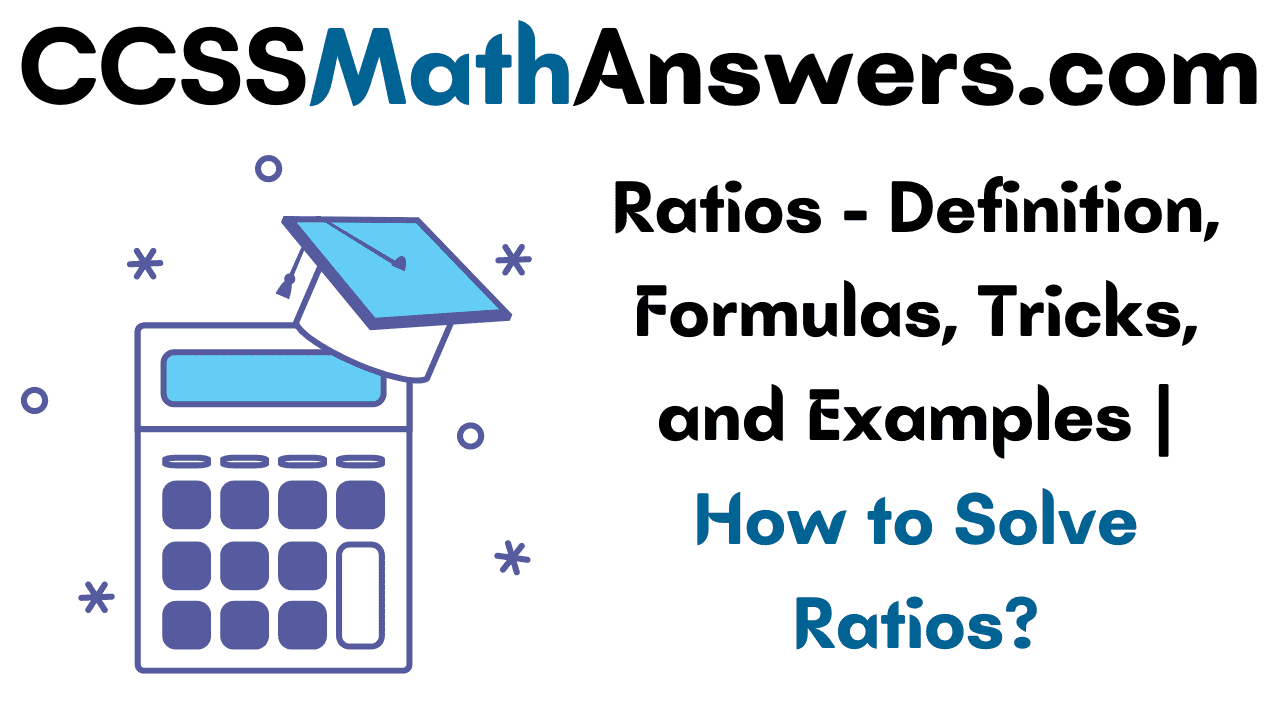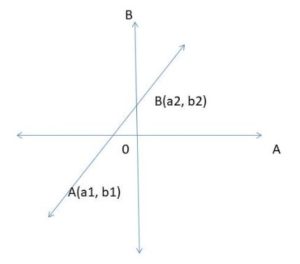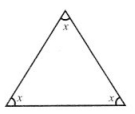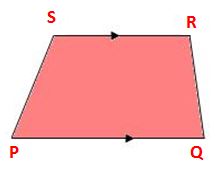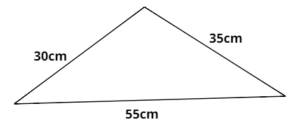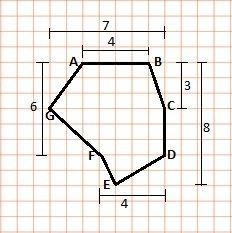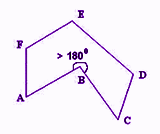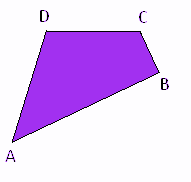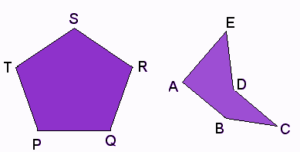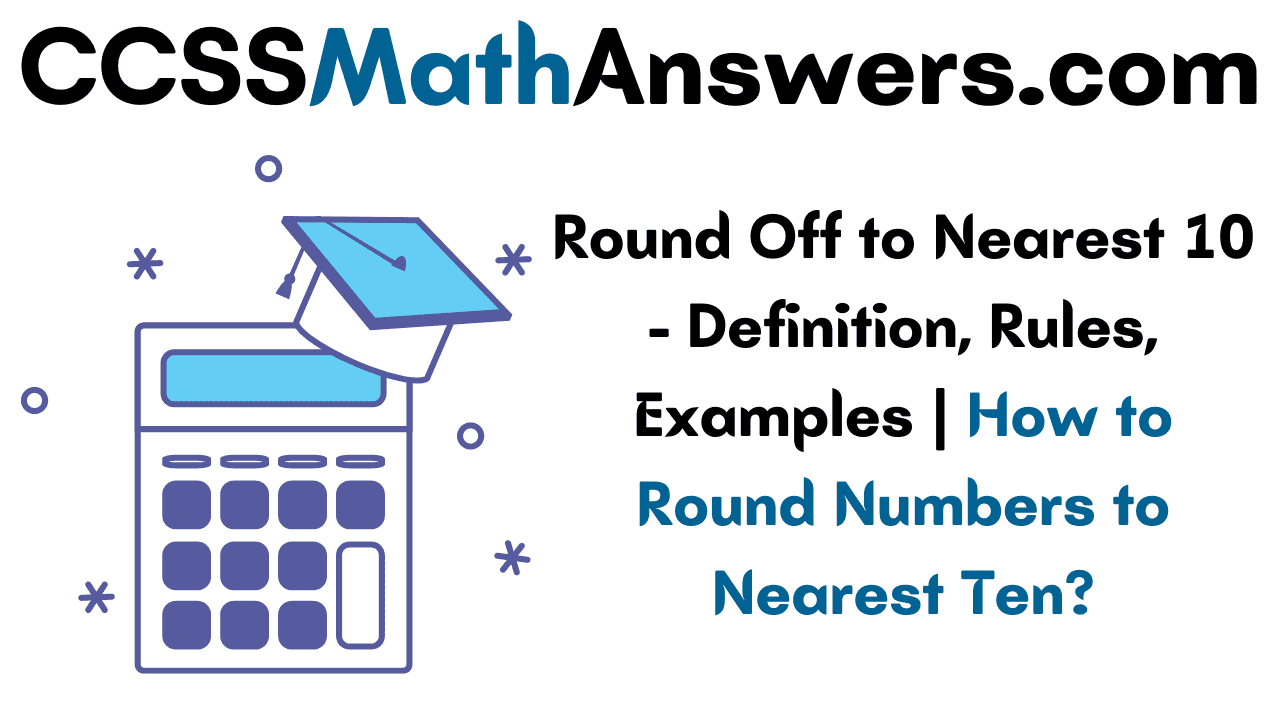In this article, you will learn about the Decimal and Fractional Expansion of a Decimal Number. Before Proceeding further know the definitions of Decimal, Fraction, and the Place Value Chart. A Decimal is any number in the base 10 number system and is used to separate units place from tenths place in decimal. The decimal point present in between separates the Whole Number Part and Decimal Part.
Also, Read:
Decimal Expansion of a Number
Decimal Expansion of a Number is its representation in the base-10 system. In this System, each decimal place consists of digits 0-9 arranged such that each digit is multiplied by a power of 10 decreasing from left to right and a decimal place with 10^0 is the one’s place.
Decimal Expansion of Number 1423.25 is defined as
1423.25 = 1*103+4*102+2*101+3*100+2*10-1+5*10-2
= 1000+400+20+3+0.2+0.05
Decimal Expansion of a Number may terminate and in such case, the number is called a regular number or finite decimal. At times, the Decimal Expansion of a Number may become periodic and in such case, it is called a repeating decimal. However, the expansion may continue infinitely without repeating and it is called an irrational number.
Fractional Expansion of Decimals
In the Expanded Form of Decimal Fractions, you will learn how to read and write the Decimal Numbers. Decimal Numbers can be written in expanded form using the Place Value Chart.

Let us understand the same by considering an example
384.264
384.264 = 3 × 100 + 8 × 10 + 4 × 1 + 2 × \(\frac { 1 }{10 } \) + 6 × \(\frac { 1 }{100 } \) + 4 × \(\frac { 1 }{1000 } \)
= 300+80+4+\(\frac { 2 }{10 } \)+\(\frac { 6 }{100 } \)+\(\frac { 4 }{1000 } \)
Solved Examples on Decimal and Fractional Expansion
1. Write the decimal and fractional expansion of 334.252?
Solution:
In Decimal Expansion
334.252 = 3*100+3*10+4*1+2*\(\frac { 1 }{10 } \)+5*\(\frac { 1 }{100 } \)+2*\(\frac { 1 }{1000 } \)
= 300+30+4+\(\frac { 2 }{10 } \)+\(\frac { 5 }{100 } \) + \(\frac { 2 }{1000 } \)
= 300+30+4+0.2+0.05+0.002
In Fractional Expansion
= 3*100+3*10+4*1+2*\(\frac { 1 }{10 } \)+5*\(\frac { 1 }{100 } \)+2*\(\frac { 1 }{1000 } \)
= 300+30+4+\(\frac { 2 }{10 } \)+\(\frac { 5 }{100 } \) + \(\frac { 2 }{1000 } \)
2. Write the decimal and fractional expansion of 543.32?
Solution:
In Decimal Expansion
543.32 = 5*100+4*10+3*1+3*\(\frac { 1 }{10 } \)+2*\(\frac { 1 }{100 } \)
= 500+40+3+\(\frac { 3 }{10 } \)+\(\frac { 2 }{100 } \)
= 500+40+3+0.3+0.02
In Fractional Expansion
= 5*100+4*10+3*1+3*\(\frac { 1 }{10 } \)+2*\(\frac { 1 }{100 } \)
= 500+40+3+\(\frac { 3 }{10 } \)+\(\frac { 2 }{100 } \)
3. Write the Decimal and Fractional Expansion of 647.345?
Solution:
In Decimal Expansion
647.345 = 6*100+4*10+7*1+3*\(\frac { 1 }{10 } \)+4*\(\frac { 1 }{100 } \)+5*\(\frac { 1 }{1000 } \)
= 600+40+7+\(\frac { 3 }{10 } \)+\(\frac { 4 }{100 } \)+\(\frac { 5 }{1000 } \)
= 600+40+7+0.3+0.04+0.005
In Fractional Expansion
647.345 = 6*100+4*10+7*1+3*\(\frac { 1 }{10 } \)+4*\(\frac { 1 }{100 } \)+5*\(\frac { 1 }{1000 } \)
= 600+40+7+\(\frac { 3 }{10 } \)+\(\frac { 4 }{100 } \)+\(\frac { 5 }{1000 } \)
FAQ’s on Decimal and Fractional Expansion
1. What is Decimal in Expanded Form?
Expanded form notation for the decimal numbers is the mathematical expression that shows the sum of the values of each digit in the number.
2. What is the Decimal Expansion of Number 164.38?
Decimal Number 164.38 can be written in expanded form by writing it as the sum of the place value of all the digits i.e. 1*100+6*10+4*1+3*\(\frac { 1 }{10 } \)+8*\(\frac { 1 }{100 } \) = 100+60+4+0.3+0.08
3. What is the Fractional Expansion of Number 94.38?
Fractional Expansion of Number 94.38 is 9*10+4*10+3*\(\frac { 1 }{10 } \)+8*\(\frac { 1 }{100 } \) which inturn results in 90+40+\(\frac { 3 }{10 } \)+\(\frac { 8 }{100 } \)
